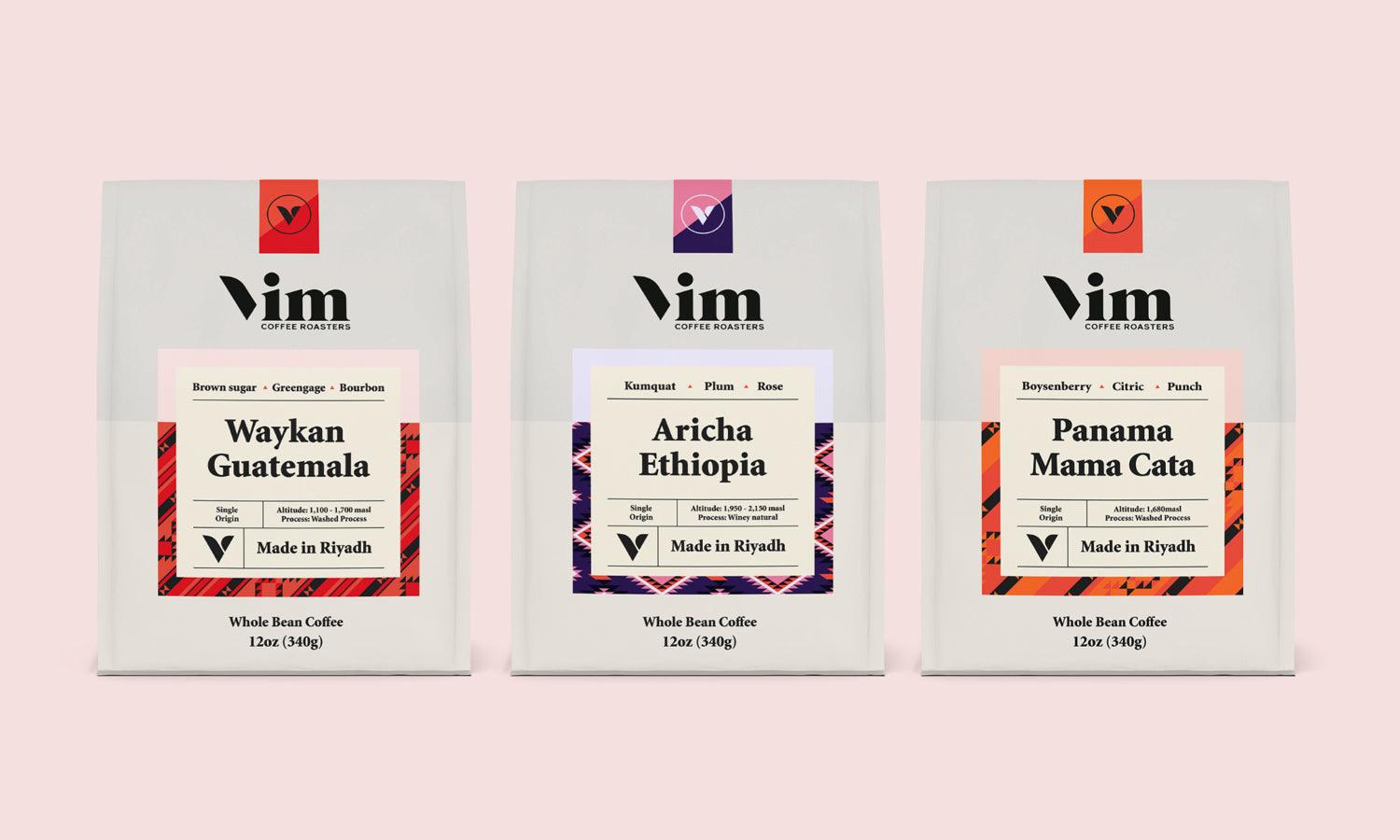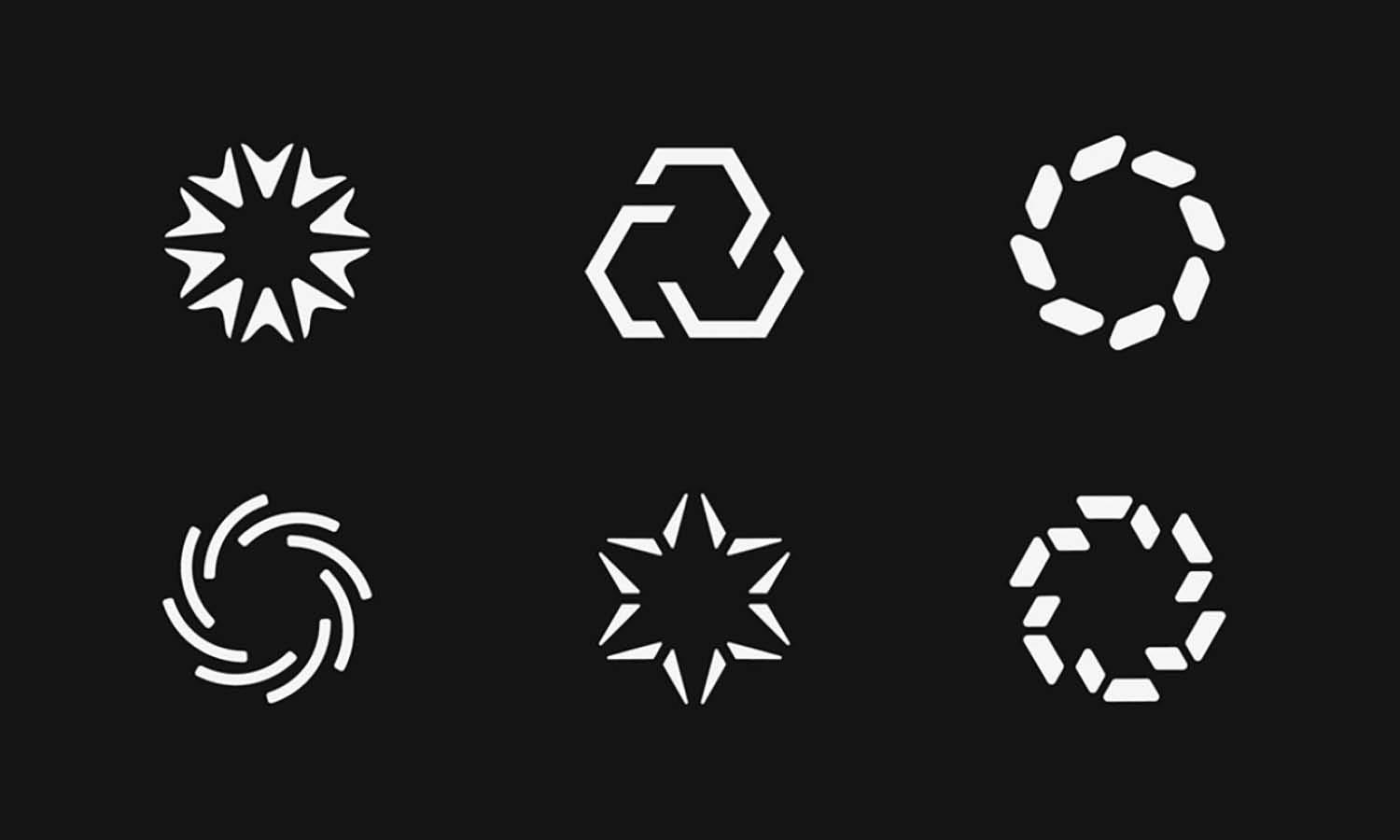How To Properly Set Up And Use Bulk SMS For Mass Notifications Without Losing Personalization

You’ve probably seen messages that begin with something like: “Dear customer, you have a discount available…” and found yourself ignoring or deleting them immediately. Messages like that lack personality — and your audience can feel it. Now compare that to receiving an SMS that greets you by name and offers something that actually matters to you. That kind of message gets attention. Bulk messaging works best when it feels personal, even if it’s automated.
SMS — an underrated channel with high engagement
It might seem like everything revolves around social media and messengers. But don’t forget: almost everyone reads SMS. And we read them fast. Over 90% of messages are opened within the first 3 minutes. That’s not a joke — it’s backed by research.
This is the reason why businesses are coming back to text messaging. It:
- doesn’t require Internet access;
- works on any mobile phone;
- arrives instantly.
SMS is especially useful when speed matters: order confirmation, appointment reminders, one-time passcodes, or delivery alerts. BSG offers a flexible platform for both promotional and transactional messaging, ensuring your messages are timely, relevant, and personalized.
How to launch a mass campaign without losing the human element?
Many worry that bulk messaging destroys personal connection. But if done right — it has the opposite effect: the recipient feels noticed.
So, how to get started?
- Contact list collection. Without a current, valid contact list, nothing will work. And don’t forget: recipients must opt in, or you risk penalties.
- Client segmentation. Divide your list by interests, age, location, or purchase history.
- Template creation. Prepare multiple message variations for different groups. Use variables: customer name, city, recent actions.
- Define your goal. What’s the purpose? Drive sales, send a reminder, win back inactive users? This determines tone and structure.
- API integration. It’s great when everything runs in the background. BSG offers a flexible API that integrates easily with your systems.
- Testing. Always test before launching. On yourself, colleagues, or a small test group.
These steps are the foundation. Without them, even the most creative text will fall flat.
You can also check out our YouTube for more insights: https://youtu.be/wbkfVvNAUOE?si=WhRM0HPoGueJEJPy
Transactional vs promotional SMS
One of the biggest mistakes is mixing different types of messages into one campaign. A customer waiting for a code shouldn’t receive a promo about new headphones.
Transactional SMS:
- appointment reminders;
- verification codes;
- delivery notifications;
- order updates;
- any trigger event initiated via an API.
Promotional messages:
- special offers;
- sales events;
- product launches;
- event invitations;
- any outbound seamless marketing communication.
Transactional messages should be brief and predictable. Promotional ones — on the contrary — can be more vivid and creative. With BSG, this separation is easy: each type is managed under its own rules, without overlap.
How to make every SMS unique
People are tired of templates. Even if a message arrives at the right time, it can still be ignored if it feels generic. Thus, include personalization elements in the text:
- Use the recipient’s name.
- Mention the city or time.
- Refer to previous purchases or interests.
- Add short tracking links to monitor engagement.
- Include emojis.
With personalization like this, it’s much harder for a customer to ignore or delete your message — it no longer feels like bulk spam.
What to avoid
Sometimes everything seems to be in place, but the results are still disappointing. Often, the problem lies in small mistakes.
Be careful with:
- Message frequency. Don’t overload — 1–2 messages per week is enough.
- Message length. Ideally, under 160 characters.
- Cliché phrases. “Dear customer”, “We are pleased to inform you…” — these scream “spam”.
- Lack of feedback options. Include a short reply code or link — it boosts engagement.
- Identical messages for everyone. Even basic segmentation by gender or age improves relevance.
The success of bulk messaging lies in creating a feeling of personal attention. Make your audience think: “This was sent just for me.”















